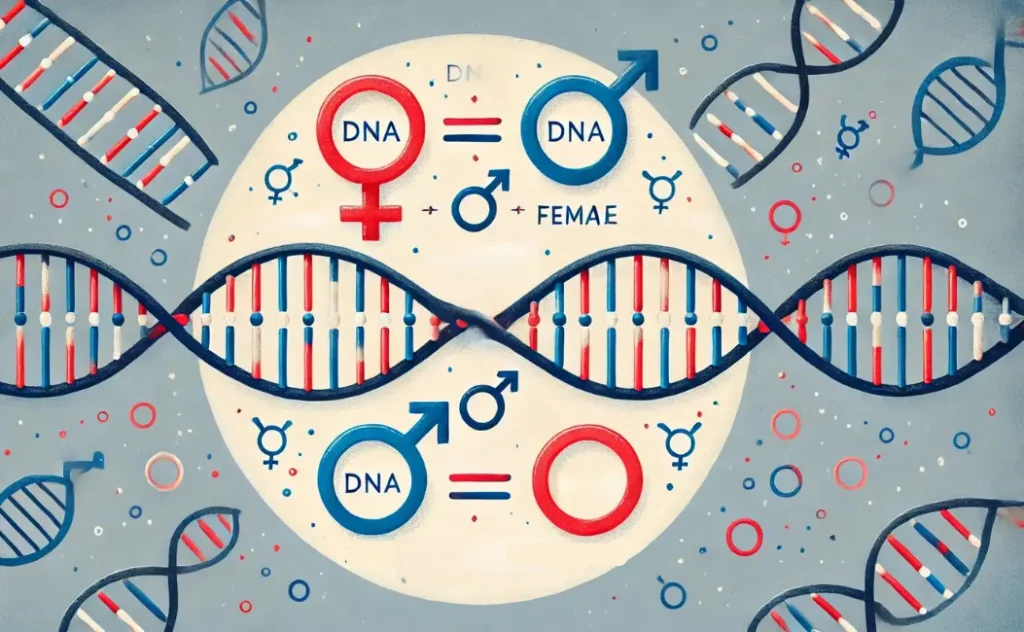Homework Help: Questions and Answers: How is the equal genetic contribution of male and female parents ensured in the progeny?

Answer:
The equal genetic contribution of male and female parents to their offspring is a fundamental aspect of sexual reproduction in eukaryotic organisms. This equality is ensured through two key biological processes: meiosis and fertilization.
1. Meiosis: Formation of Haploid Gametes
Meiosis is a specialized type of cell division that reduces the chromosome number by half, producing haploid gametes—sperm in males and eggs (ova) in females. Here’s how it ensures equal contribution:
- Reduction of Chromosome Number: In humans, for example, body cells are diploid, containing 46 chromosomes (23 pairs). Meiosis reduces this number to 23 unpaired chromosomes in each gamete.
- Genetic Recombination: During meiosis, homologous chromosomes (one from each parent) pair up and exchange genetic material through a process called crossing over. This increases genetic diversity but maintains equal representation from both parental sources.
- Independent Assortment: Chromosomes are randomly distributed to the gametes, ensuring a mix of maternal and paternal chromosomes in each gamete.
2. Fertilization: Fusion of Gametes
Fertilization is the process where a male gamete (sperm) and a female gamete (egg) fuse to form a zygote, restoring the diploid chromosome number.
- Equal Chromosome Contribution: Each gamete contributes one set of chromosomes (haploid), so the resulting zygote has two sets (diploid)—one from the male and one from the female.
- Combination of Genetic Material: The fusion brings together genetic material from both parents, ensuring that the offspring inherits traits from each.
3. Molecular Mechanisms Ensuring Equality
- Gamete Viability: Only gametes with the correct haploid number are typically viable for fertilization, preventing unequal genetic contributions.
- Regulation of Meiosis: Cellular mechanisms monitor meiosis to prevent errors like nondisjunction, which can lead to an unequal number of chromosomes.
Example
- Human Reproduction:
- Male Parent: Produces sperm cells with 23 chromosomes.
- Female Parent: Produces egg cells with 23 chromosomes.
- Fertilization: Sperm and egg unite to form a zygote with 46 chromosomes.
- Outcome: The child inherits half of their genetic material from each parent.
Conclusion
The equal genetic contribution of male and female parents is ensured by the precise halving of chromosome numbers during meiosis and the subsequent fusion of these haploid gametes during fertilization. This balance is crucial for maintaining genetic stability across generations and allows for genetic diversity within a species.
Learn More: Homework Help
Q. What are the two main types of generative Al models?
Q. Which of the following is not a characteristic of generative Al?
Q. Which type of model accepts text as input and generates images as output?
Q. Which technology is most useful to help self-driving vehicles?
Q. Which address is used by a Layer 2 switch to build its MAC address table?
